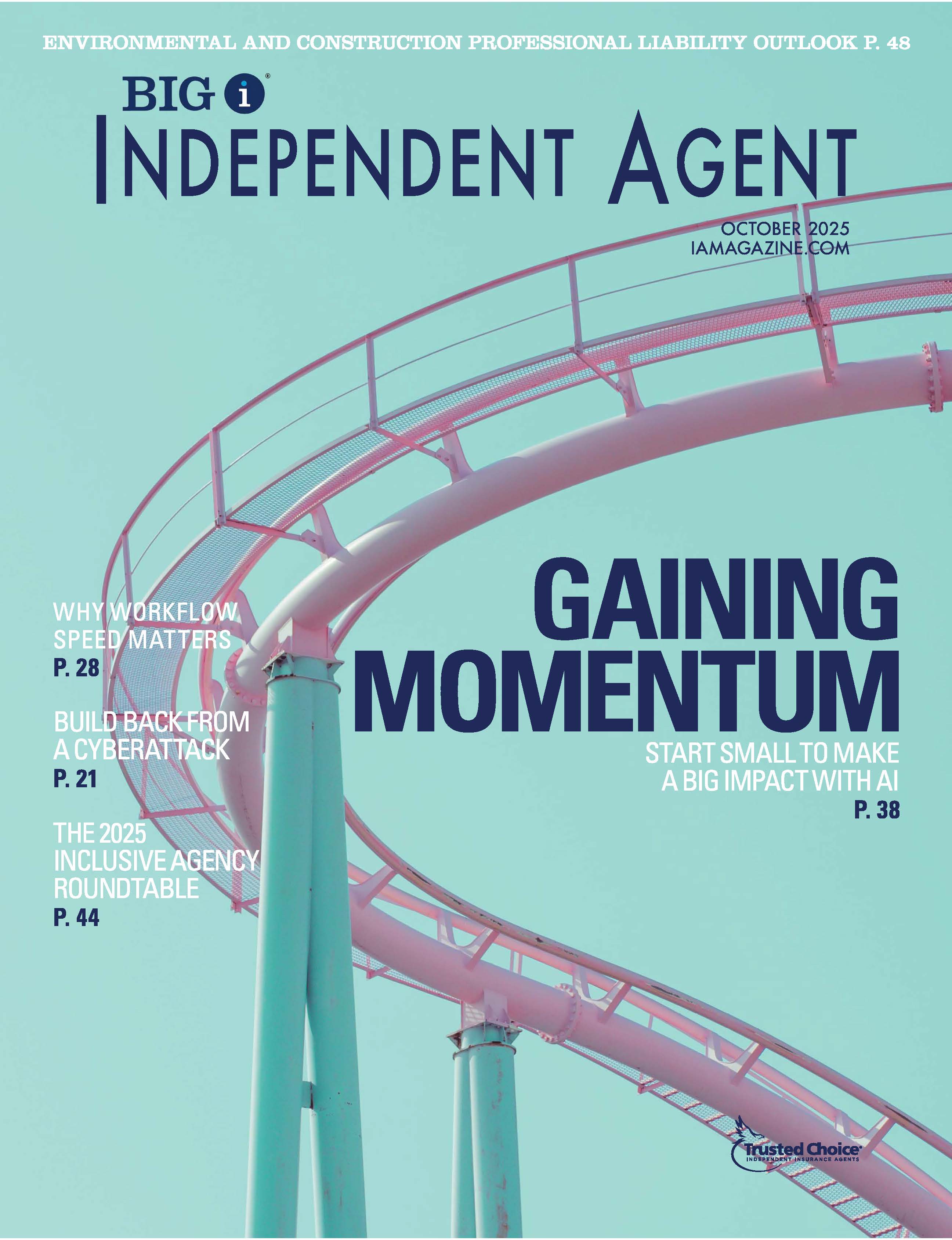Contractors Professional Liability Market Moves from Low to High Risk

By: Olivia Overman
As the light at the end of the COVID-19 tunnel gets brighter, the effects of the past 18 months on the professional liability market are becoming clearer. While many professional liability segments are being hit with hardening rates and reduced capacity, others are remaining relatively stable, with factors unique to each segment of the market.
Although most lines of coverage for management and professional liability exposures were already firming pre-COVID-19, this specialized segment of the casualty insurance market hasn’t experienced the level of turmoil it is currently seeing since the early 2000s. Premiums are spiking, coverage limits are contracting, and client retentions are growing, according to the 2021 Management and Professional Liability Market Outlook by Risk Placement Services (RPS), an excess & surplus wholesale broker and managing general agency.
“There are some sectors that have been hit with losses and will continue to go through firmer market conditions,” says Manny Cho, executive vice president, executive lines, RPS. “Those classes of business include real estate professionals—agents, developers, property managers, and title agents—plus architects & engineers, construction managers, lawyers, accountants, and insurance agents and brokers.”
“Architects & engineers, as well as contractors professional liability, has seen some hardening with rate increases and some restructuring of limits and retention in 2021 for the larger firms,” says Elizabeth Whitney, senior vice president, head of agents U.S., Swiss Re Corporate Solutions. “But rates are still very competitive for small and midsized firms given how many carriers are still in the market.”
In the contractors professional liability segment specifically, “carriers are seen to be tightening capacity and if, for example, an insured needs $10 million or more in coverage, they will need to enter the market early to find that capacity, which may include requiring more carriers on the policy than in previous years,” says John Lanni, area vice president, executive lines, RPS.
When it comes to renewal business “most carriers are looking for a mid-to-high single digit rate increase on contractors professional liability, unless the contractor is in a high-risk segment or has claims concerns,” says Chris McQueen, senior vice president, Berkley Construction Professional, a Berkley Company.
“The main factor impacting the majority of contractors, including A&E, are cyber exposures from a lack of IT infrastructure and IT risk management at construction-related firms and their susceptibility to ransomware, which continues to lead cyber losses in frequency,” Lanni says. “This lack of mitigation has resulted in the contractors liability market quickly moving from a low hazard class to a higher hazard class in the past nine months.”
As the proliferation of cyberattacks continue, “implementing cyber security measures, such as multi-factor authentication, a data back-up strategy and employee training, will help protect insureds from a ransomware attack and also look more favorable to underwriters writing this class of business,” Lanni says.
Yet, in a survey of more than 1,200 business leaders, less than half (48%) have utilized hacker intrusion detection software, undergone a cyber risk assessment of their firms (47%) or vendors (37%) or written a business continuity plan that could help in a cyberattack (42%), according to the 2020 Travelers Risk Index.
Overall, the professional liability market “is experiencing meaningful rate momentum, as well as overall restrictions in appetite, as carriers combat the continued uncertainty of future claim trends resulting from the events over the last 15 months,” says Sarah Medina, president, professional liability, The Hanover Insurance Group Inc.
In the legal professional liability segment “we should continue to see firm pricing in the small firm space but continued competitiveness in the midsize firm space as the new entrants look to add premium to their book,” says Ron Kiefer, senior vice president, executive lines, RPS.
In medical malpractice, “after several years of continued profitability pressures, premiums continue to increase,” says James McNitt, area president, healthcare practice carriers, RPS. “There are still concerns over frequency and severity of claims, as well as social inflation. Rate increases are expected to plateau in the next few years, but that doesn’t mean premium decreases are on the horizon.”
Additionally, “many carriers have been including COVID-19 and communicable disease exclusionary language in their policy forms, although that is starting to ease in some areas,” McNitt continues. “Generally, if an insurer doesn’t include an exclusion, the insured will pay a higher premium.”
Insurance agents and brokers “also experienced some capacity contraction and a tightening of terms and conditions, but we have not seen rates being increased systematically in the small to midsized market,” Whitney says.
“The vast majority of insureds will be able to find capacity, even if it requires using more carriers than in the past,” Cho adds. “Many underwriting groups that focus on harder-to-place risks have experience in crafting specific terms and conditions to meet their insureds’ needs. While insureds may pay more, they are purchasing a more tailored professional liability program.”
Olivia Overman is IA content editor.










